The Airborne Museum at Sainte-Mère-Eglise is a ‘must see’ for those touring Normandy, and it’s usually one of the first or last stops on a tour of the Normandy beaches because it’s out there on the western flank, which is exactly why the US airborne forces set out to capture it on the night of 5th/6th June 1944.
The History (quickly!)
The 82nd and 101st US Airborne divisions were tasked with taking the small town of Sainte-Mère-Eglise (and surrounding roads & bridges), which sat on the junction of five roads including the main road to Cherbourg, ten kilometres inland (west) of Utah Beach. The purpose was to guard the western flank¹ of the five invasion beaches.
Over 13,000 paratroopers from the two divisions were dropped in the dark in the early hours of 6 June. Due to navigational issues, cloud banks, enemy AA fire and other problems, many were mis-dropped and scattered all over the countryside. Thirty men dropped into the town itself and fell prey to the German garrison. Quite a few paratroopers lost vital equipment that was blasted off them when they exited aircraft that were flying faster than they should have been.
On the ground some paratroopers managed to find each other, often from different regiments and even divisions, collect together and push on with their missions. Others spent all night alone and hiding from Germans. All in all it was pretty chaotic…. and terrifying.
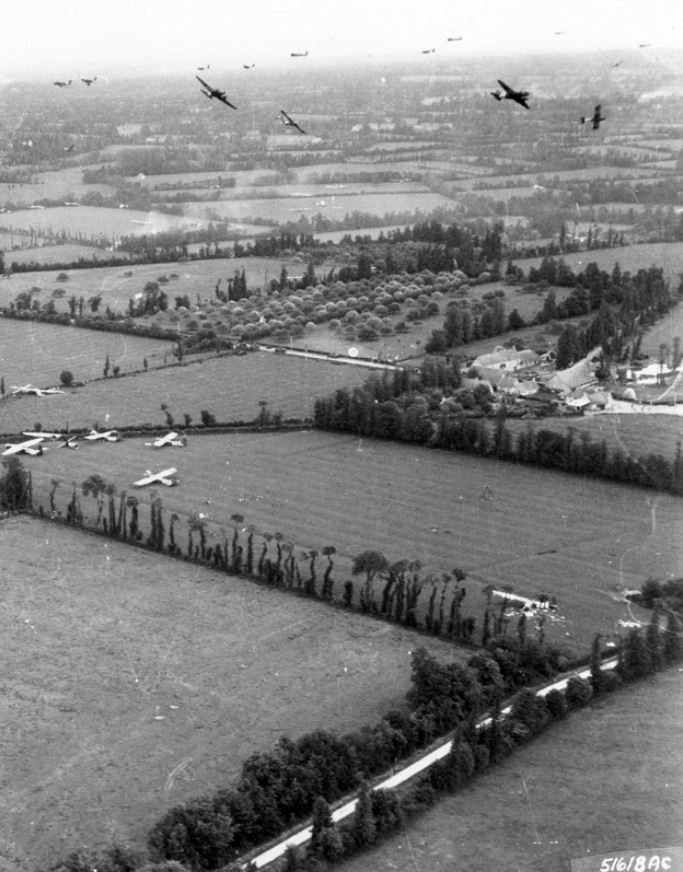
Just before dawn, and during the day, almost 4,000 airborne troops were also flown in on gliders. These were support troops and anti-tank guns in American built Waco gliders and some British built Horsa gliders, which carried heavier equipment like vehicles, howitzers, medical units, and signal units.
The Germans put up stiff resistance and the US paratroopers had to defend themselves against counter-attacks in key locations around Sainte-Mère-Eglise including the bridges of la Fière and Chef-du-Pont, while at the same time trying to take the town itself. Eventually, at noon on 7th June they were reinforced by soldiers who had landed on Utah Beach.
What’s there now?
The historian, James Holland, always says it’s really important to ‘walk the map’; to see battlefields first hand, to understand what happened there. I was reminded of that as we drove into Sainte-Mère-Eglise because it was smaller and more spacious than I had expected, especially around the church. Yes, of course buildings come & go over the years, so it has changed since 1944, but not that much. If you look at the aerial photos around D-Day you can see the clear area around the church and how close the fields on the edge of the village are.
The standout feature of the church is the replicated dangling paratrooper, Private John Steele, with his parachute caught up on the tower.
The Airborne Museum sits opposite the church. Basically, not counting the ticket/shop building at the entrance, the museum comprises three main buildings set in an open grassy space with a few vehicles and guns displayed outside… starting with an M4 Sherman (not a piece of Airborne kit!) which is nearly always photographed with the church & Private Steele juxtaposed cleverly in the background by better photographers than me!.
All three buildings are architecturally themed (something I didn’t notice at first!): a round parachute, a modern ram-air parachute and an aerofoil (wing) shape.
The Waco Glider Building
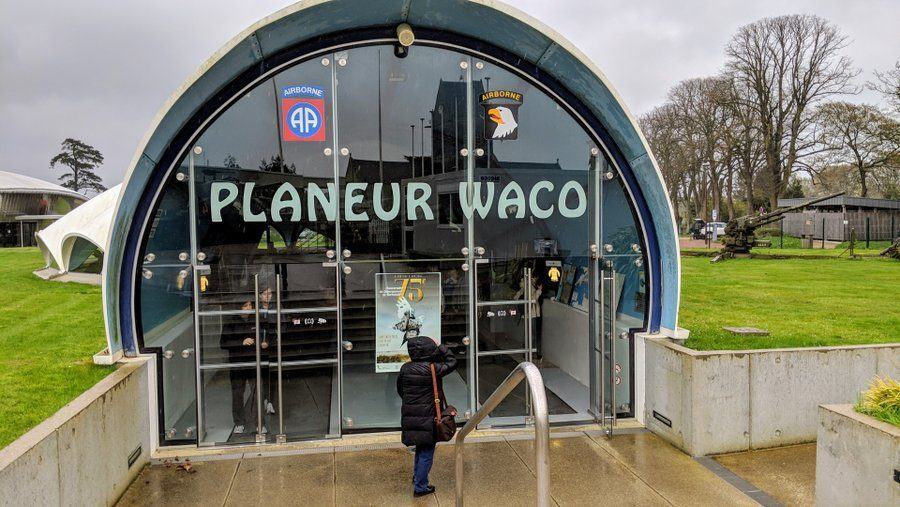
The centrepiece here is obviously the CG-4A Waco glider. 13,900 of these were built, and this is one of only six remaining. The Waco dominates the circular building but there are some really interesting displays, photographs and exhibits around the outside.
A couple of things caught my attention in particular…
There’s a coiled up tow rope, with a communication cable paired up. I had always assumed there must be a comms link with the towing aircraft, but the switch gear with it suggests it could be by telephone OR radio. More research needed. Apparently Horsa‘s had a ‘landline’ (sic) to start with, but later switched to radio. If you have intel on this, let me know below.
There’s a simple glider dashboard from a Horsa, reminding us just how basic these aeroplanes were.
And there are a couple of small maps on display, that I think are really interesting.
They mark where the 82nd and 101st Airborne division paratroops actually landed on the night of 6th June 1944. You can see how mixed up and scattered they were.
Each dot represents a ‘stick’ of paratroopers (IE. a plane load, max 28) and the colour represents their unit.
For the 101st AB their three Landing Zones (LZs) were to the east and south-east of Sainte-Mère-Eglise…
- Landing Zone A – 502nd Parachute Infantry Regiment (PIR): Blue
- Landing Zone C – 3rd Battalion, 507 PIR plus 1st & 2nd Battalions 506 PIR Div HQ: Red
- Landing Zone D – 1st & 2nd Battalions, 501 PIR plus 3rd battalion, 506 PIR: Green
For the 82nd AB their three LZs were to the west and north-west…
- Landing Zone T – 507 PIR: Blue
- Landing Zone O – 505 PIR: Red (These guys were supposed to be the first into town)
- Landing Zone N – 508 PIR: Green
You can see how scattered and mixed up they were. The best concentrations seem to be on the 101st’s LZ D where two groups of 14 & 26 sticks came down together on the LZ.
The C-47 Building
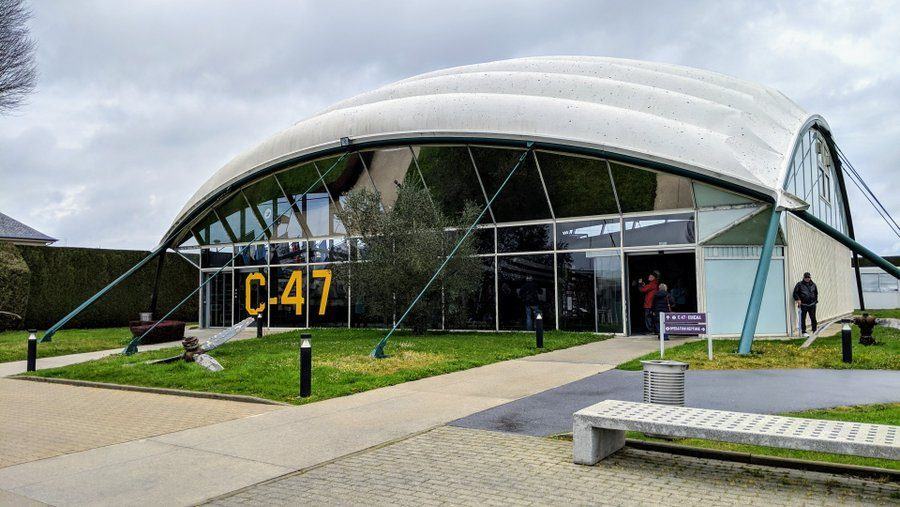
The centrepiece of the C-47 building is, naturally, a C-47 ‘Skytrain’. This particular one has a significant history. It played a part in many of WW2’s most famous airborne operations.
It was manufactured in Long Beach CA in December 1943. Six months later on 6 June 1944 it carried a stick of 101st Airborne paratroopers to Normandy and the next day towed in an 82nd Airborne Waco glider. It made another para drop in August and then, on 17th & 18th September, during Operation Market Garden, it towed 82nd Airborne gliders into Holland. In December 1944 during the ‘Battle of the Bulge’ (in the Ardennes) it dropped supplies to US forces around Bastogne, and finally it participated in Operation Varsity in March 1945, dropping airborne troops on the eastern bank of the Rhine in support of the Rhine crossing into Germany.
Here the C-47 has been set in a tableau recreating General Dwight D. Eisenhower’s visit to Greenham Common airfield on the evening of 5th June, to see off the men of Company E, 2nd Battalion, 502nd Parachute Infantry Regiment as they embark for Normandy.
The building also has a collection of artifacts, weapons, and other items of equipment in display cabinets around the walls, and on a viewing platform over the C-47. Among them, General Gavin’s uniform & helmet². And I was intrigued by the slide rule Load Calculator for the C-47. Load imbalance was one of the significant factors in the widespread scattering of airborne troops in the night on D-Day.
The Operation Neptune³ Building
The displays in here focus on the parachute drop and the battle on the ground. It starts with an excellent immersive trail through a C-47 with its paratroopers and then out through the door onto a glass walkway above the night-time landscape of the Cotentin Peninsula with C-47s below, dropping their sticks of paratroopers and ack-ack rising to meet them. It’s noisy and flashy!
After that, the trail passes through dioramas setting the scene on the ground, with German & US troops and their equipment.
The conference centre – There’s also a building that is both a display space and a cinema, attached by covered walkway to the Operation Neptune Building. This summer it is hosting a temporary exhibition: ‘Fighting France, The Free French Forces from 1940 to 1945’. The exhibition closes in November.
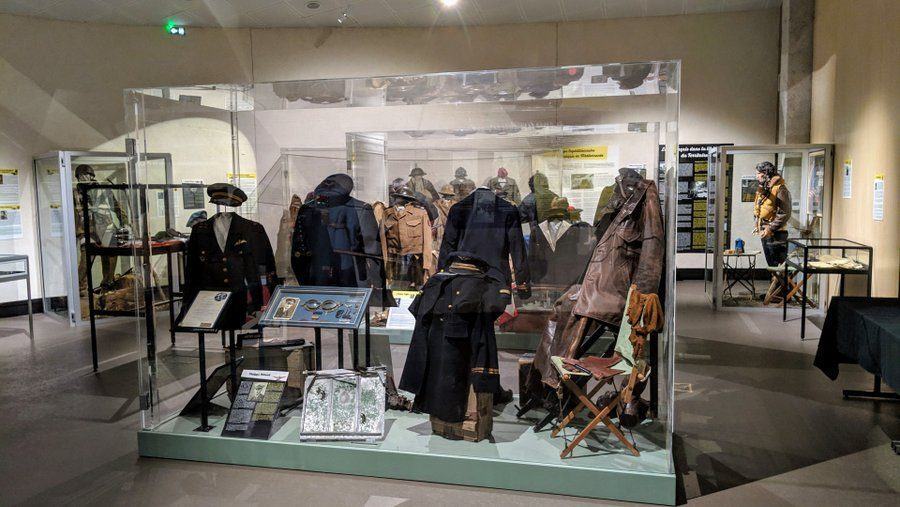
Digital Exploration
Last year, the Airborne Museum introduced their Histopad tablet which enables visitors to delve deeper into the events surrounding Saint-Mere-Eglise and D-Day. Visitors can jump with the paratroopers, take part in the combat around the city, meet key figures, and interact with the weapons and gear of both sides.
This interactive, augmented reality touch pad (in English, Dutch, German, Spanish, Italian and French) is offered free to all visitors over 6 years old and groups visiting without guide.
¹ The eastern flank (British sector) was to be protected by taking the bridge over the canal at Benouville (aka Pegasus bridge), the target of the British 6th Airborne.
²The Waco building was inaugurated in 1964 by General Matt Ridgway who commanded the 82nd Airborne at Normandy. General James Gavin took over command of the 82nd Airborne after Normandy and before Operation Market Garden. It was he who opened the C-47 building in 1984.
³ Every planned operation has component operations. Overlord was the Invasion of Europe. Neptune was the first step – the landings. Mission Albany was the 101st AB parachute drop. Mission Boston was the 82nd Airborne parachute drop. Mission Chicago (101st) and Mission Detroit (82nd) were the two pre-dawn glider landings, and missions Keokuk (101st) & Elmira (82nd) were the evening glider landings on 6 June.
D-Day Normandy Posts
Declaration: I was on a self-driving press trip as a guest of Explore Normandie. Museum entry was complementary.
Factbox
Website:
Airborne Museum
Getting there: Airborne Museum
14 rue Eisenhower
50480 Sainte-Mère-Eglise
France
The Airborne Museum is located next to the church in Sainte-Mère-Eglise on the opposite side of the large square/car park.
Entry Price:
| Adult | € 9.90 |
| Child (6 – 16 yr old) | € 6.00 |
| Family (2 adults + 2 children) | € 28.00 |
| Family – additional children | € 5.00 each |
Opening Hours:
| May to August | 09:00 – 19:00 |
| April & September | 09:30 – 18:30 |
| October to March | 10:00 – 18:00 |
| Closed in Dec & Jan except Xmas holidays | |

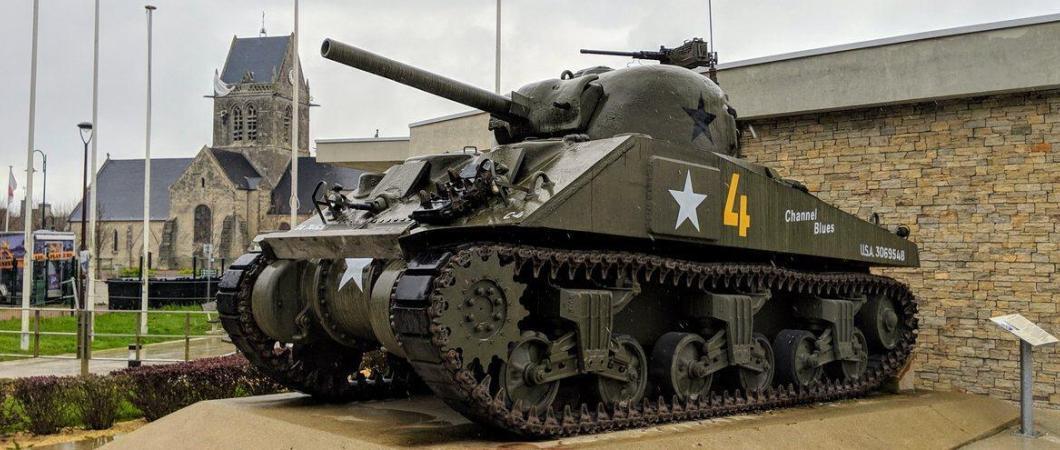
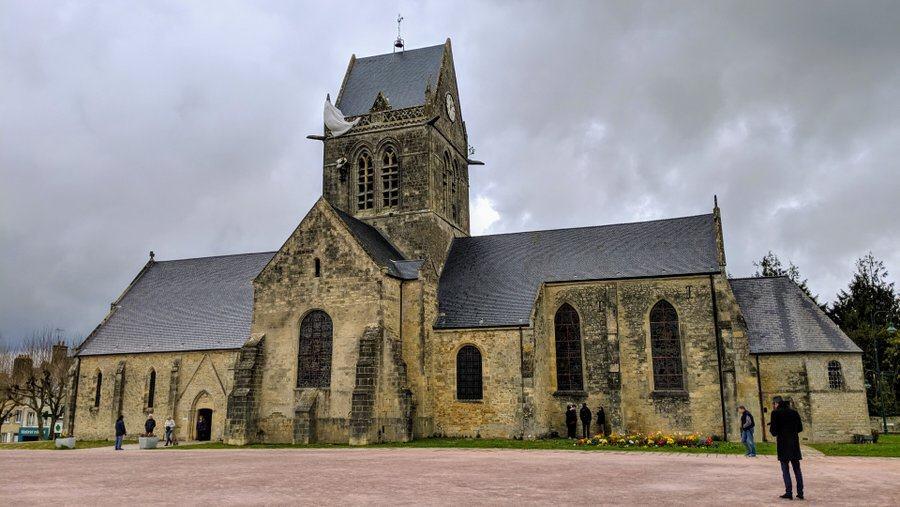
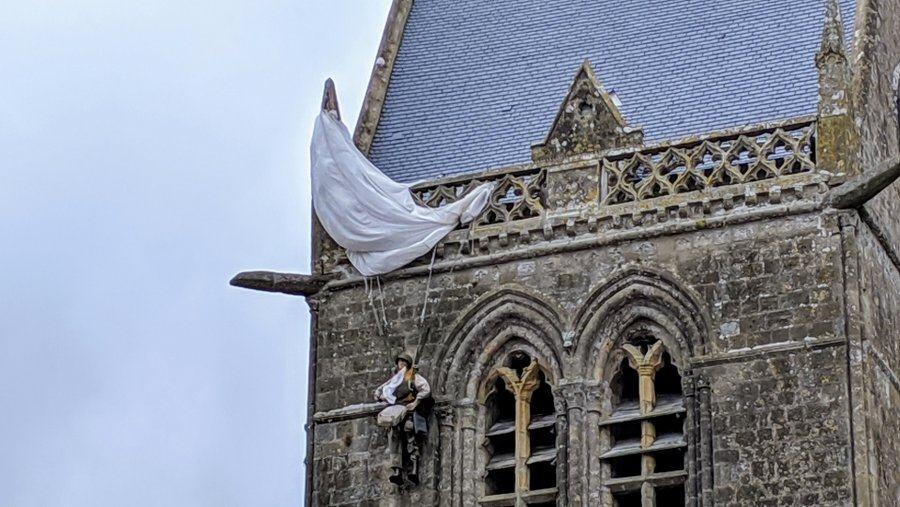
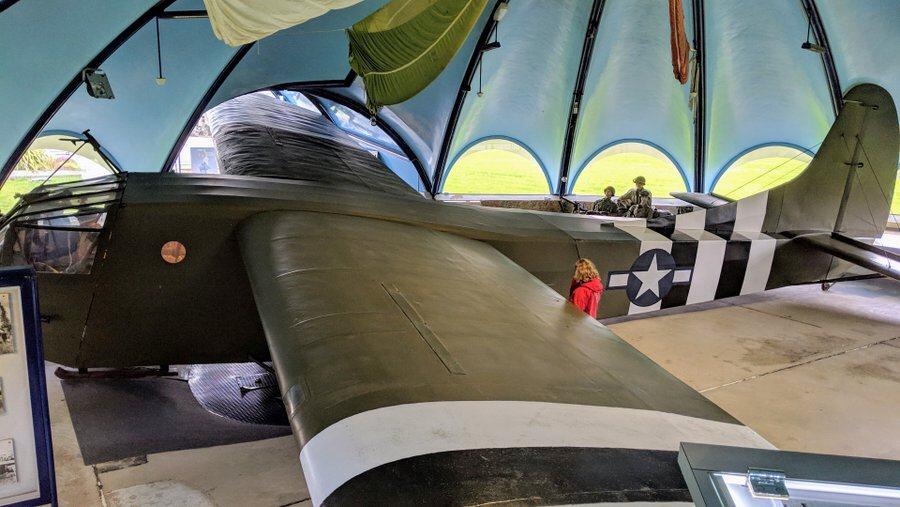
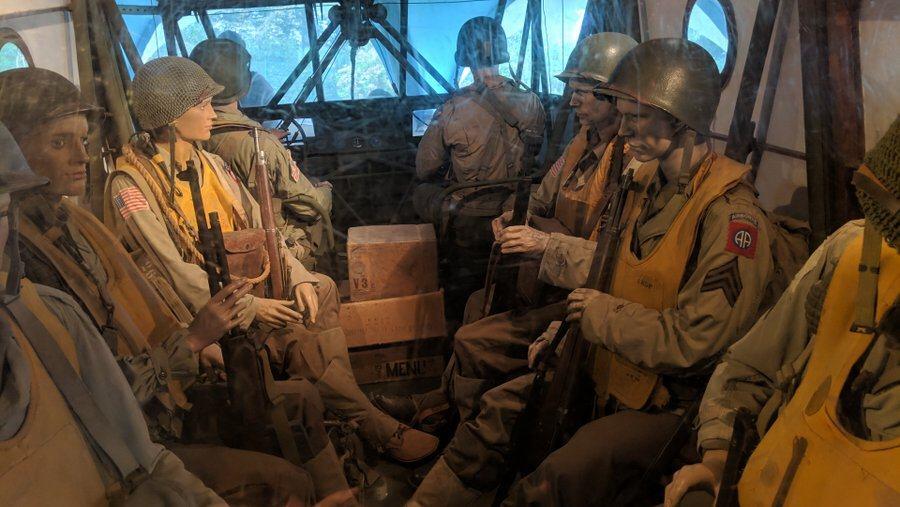

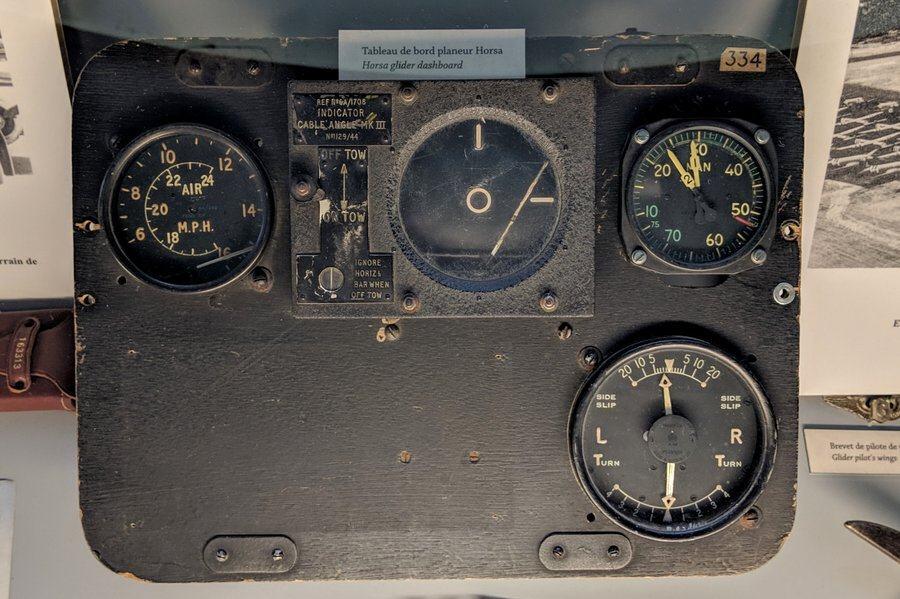
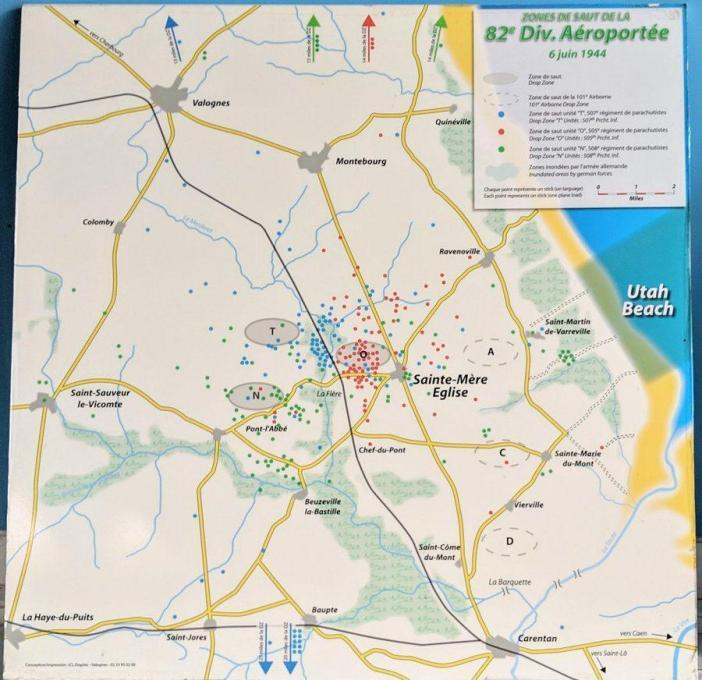

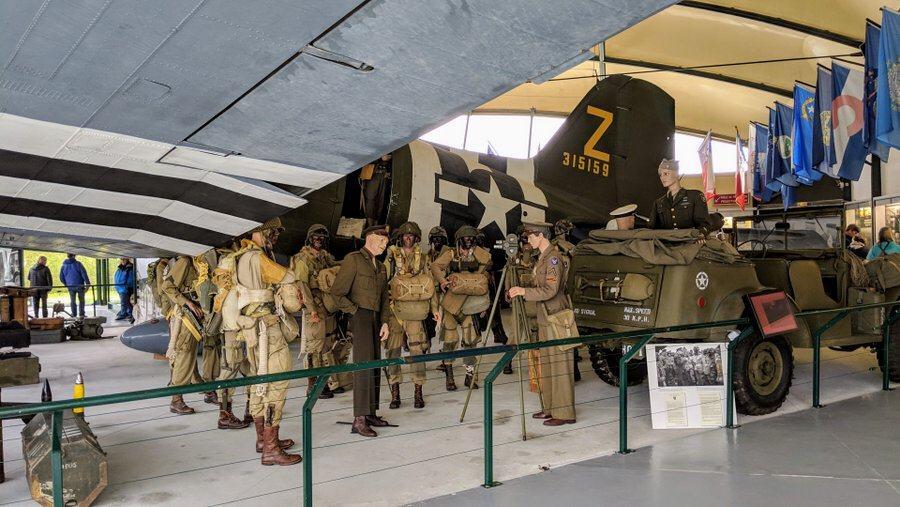
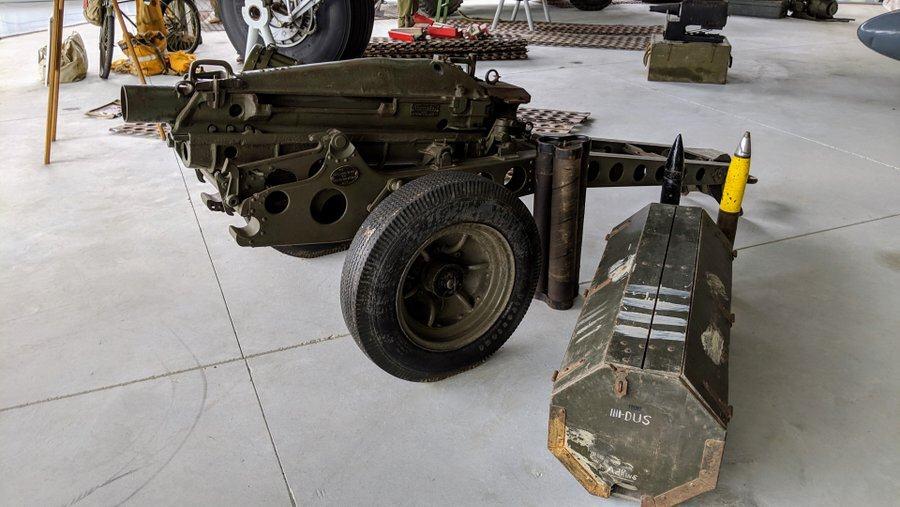
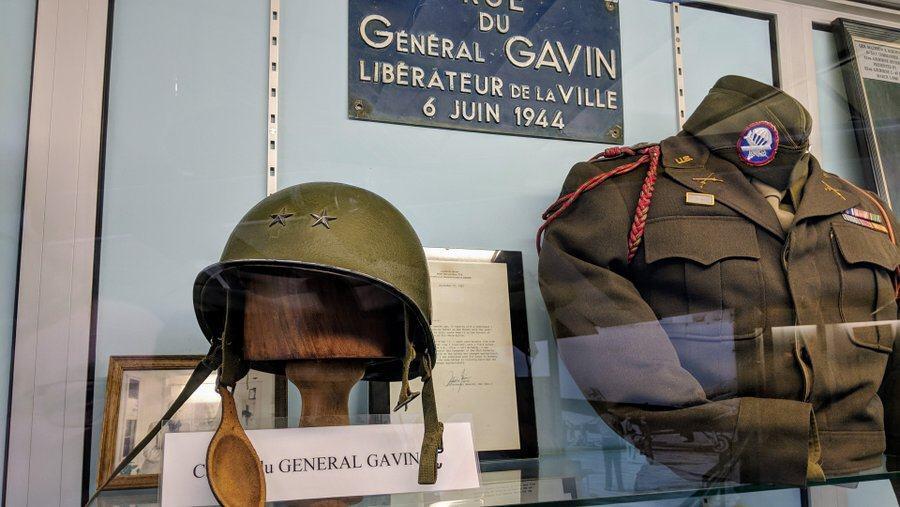
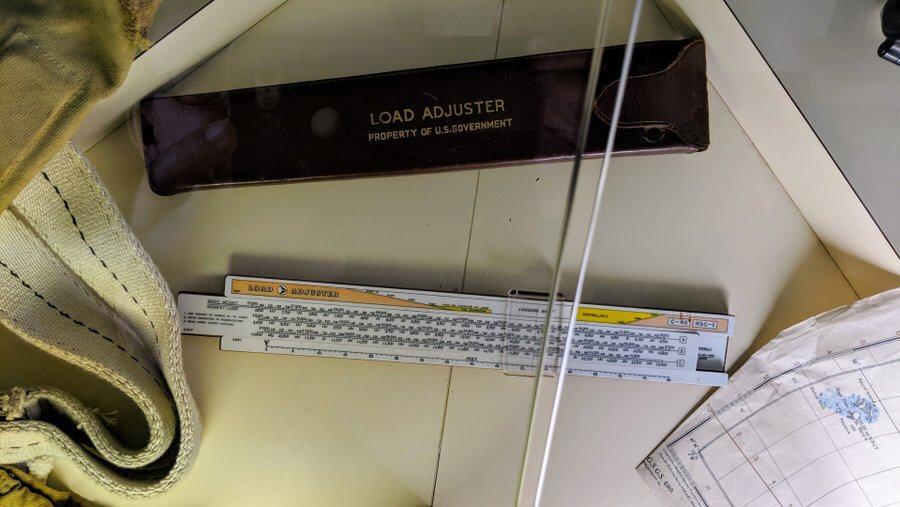
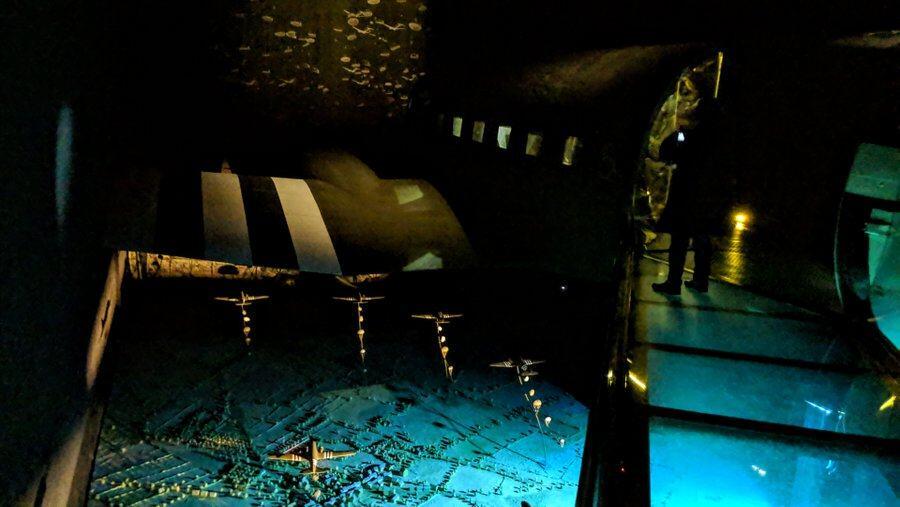
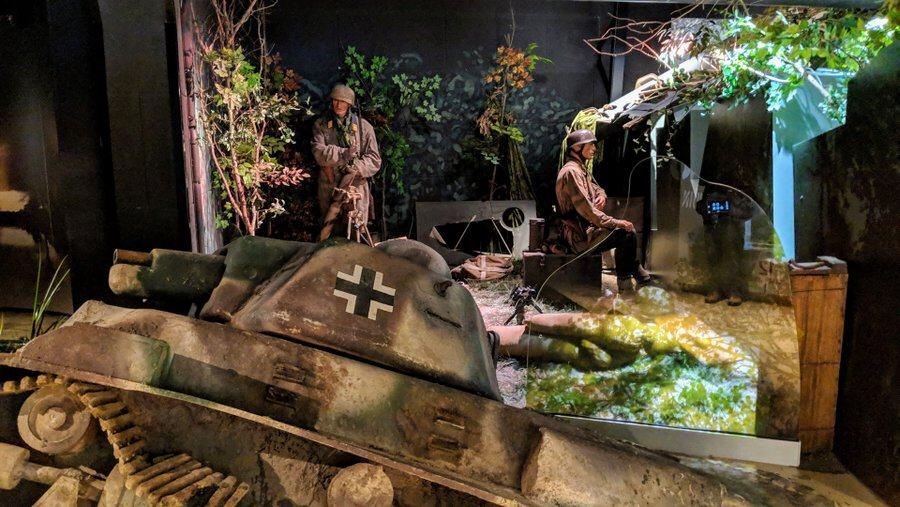

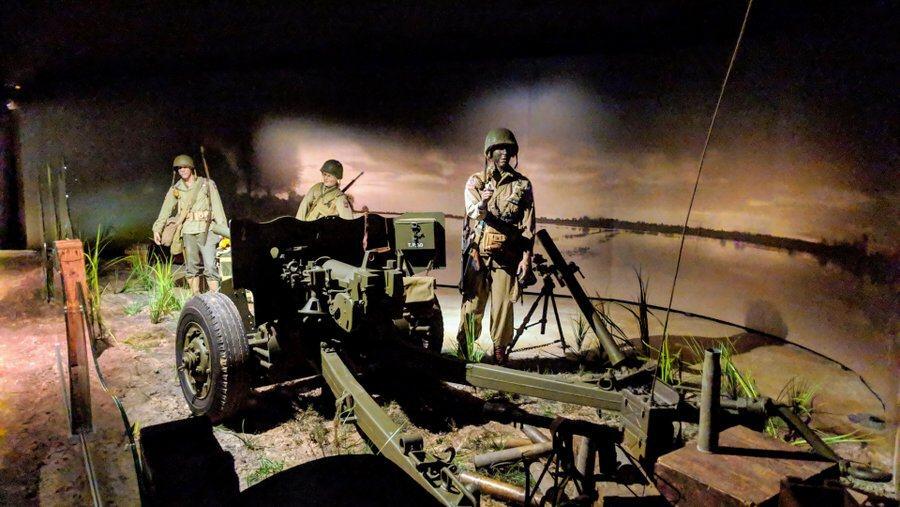
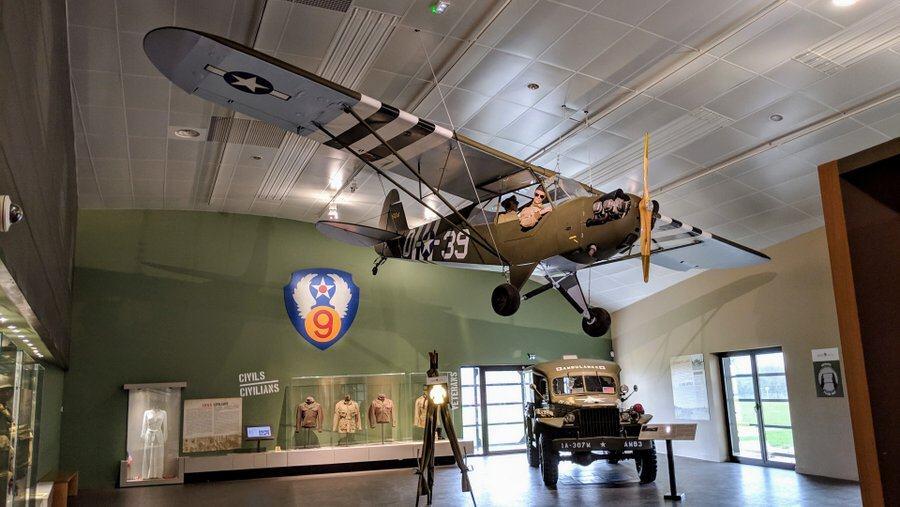
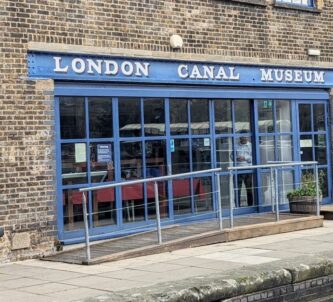
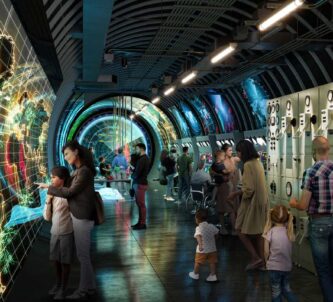


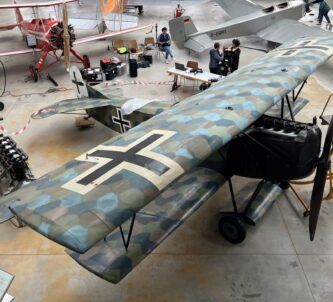

Very nice, one gets the impression in order to ” see it all” of Normandy would take several weeks!
Thanks. I reckon you can see most of the key sites in a week, assuming you are independently mobile (don’t have to wait for others in a small/minibus or large/coach group) and you are not too bothered about the obligatory 2-hour French lunch break! 😉